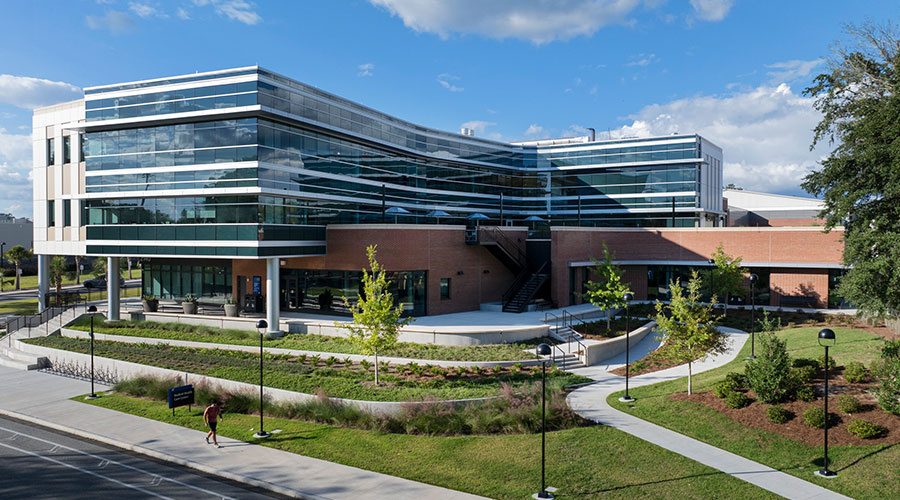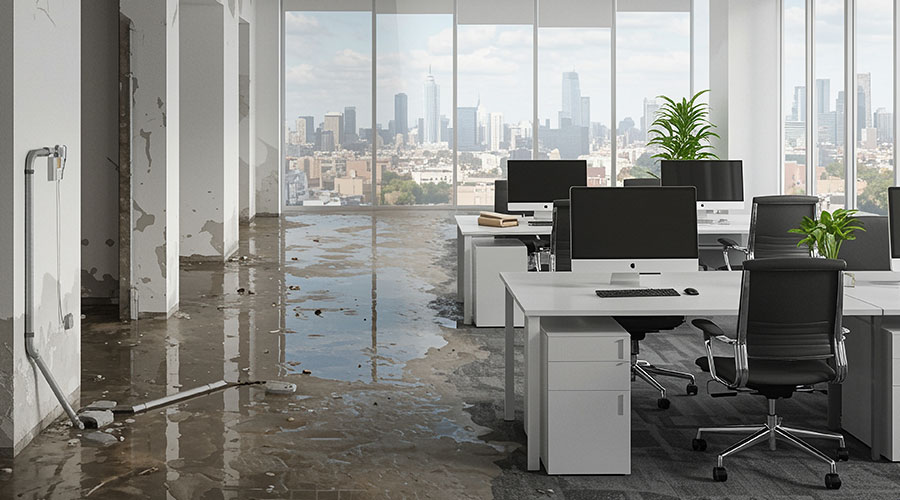Irrigation Systems: Focus on Controllers
December 9, 2014
When an irrigation system is not working correctly, the first component maintenance technicians need to check is the controller, which tells the system when to turn on and for how long it should run. In most cases, a programming error is to blame. The most common controller issues involve the controller starting over after it has finished and the irrigation operating at strange times of the day. In both cases, a simple programming error is the cause.
If an irrigation system's controllers are more than five years old, the system is using outdated technology. As with cell phones, computers and any other electronic device, controllers improve and offer more features with each new generation. While the cost of implementing a new-generation irrigation system might be higher in the short term, the long-term benefits of such a move include lower water bills and less system maintenance.
A smart controller is a computerized system that automatically adjusts watering times and amounts based on local weather conditions. Smart controllers work by monitoring and using information about site conditions, such as soil moisture, rain, wind, slope, soil, and plant type. They then apply the right amount of water to a landscape based on those factors. Once the controller is installed and operational, it automatically adjusts for seasonal weather changes and site-specific adjustments, and it requires no ongoing monitoring.
Managers looking to stay on the cutting edge of water-conservation technology need to consider moisture sensors. Designed to be the most efficient method of watering, moisture sensors continuously measure soil and only allow a watering cycle to start when the moisture level drops below a certain, pre-set threshold. While a smart controller still might allow a watering cycle the day of or the day after a rain storm — regardless of rainfall amounts — a moisture sensor will accurately read the soil's moisture level and keep the irrigation system turned off until the excess moisture has dissipated.
Although initial purchase and installation costs are significant, moisture sensors typically pay for themselves in saved water costs in less than three years. Adding a soil moisture sensor also can enable grounds departments to meet increasingly strict water-conservation guidelines that call for smart devices.
Read the full article.
Next
Read next on FacilitiesNet







